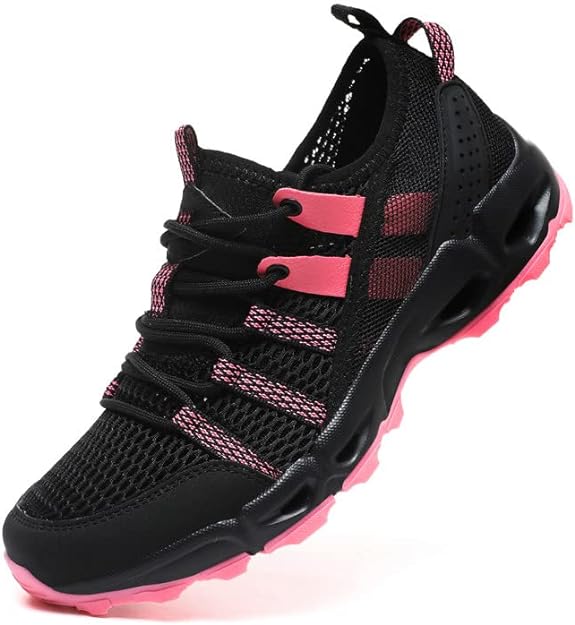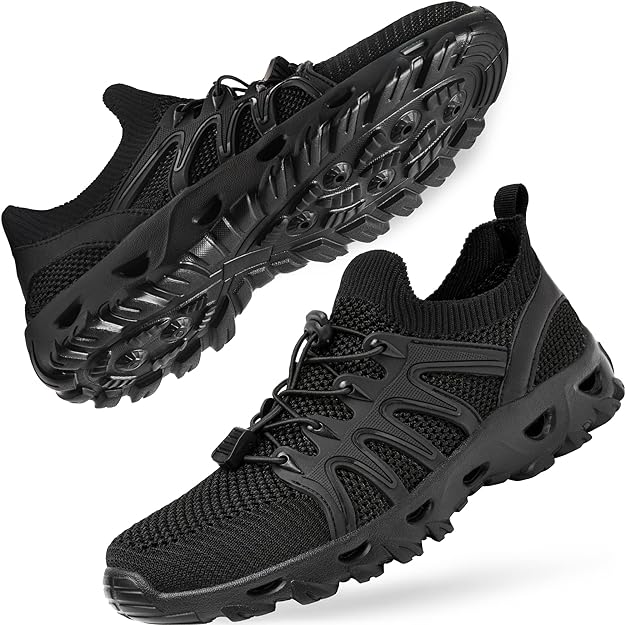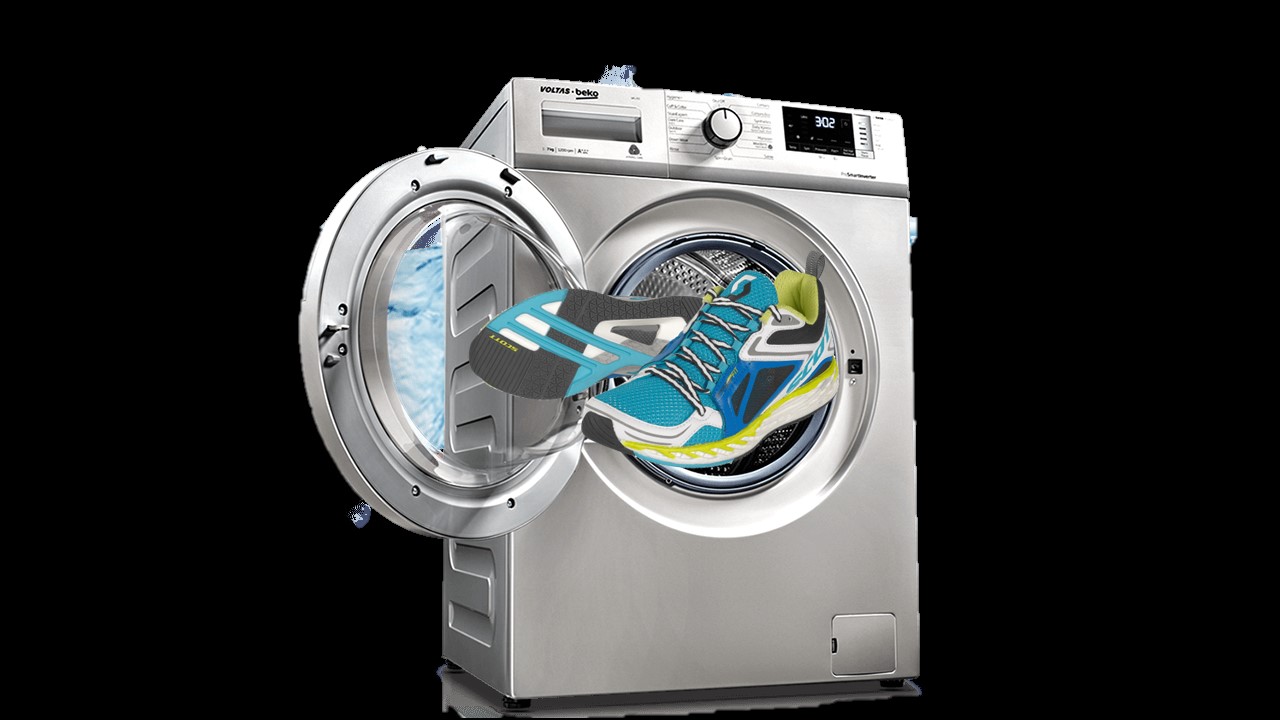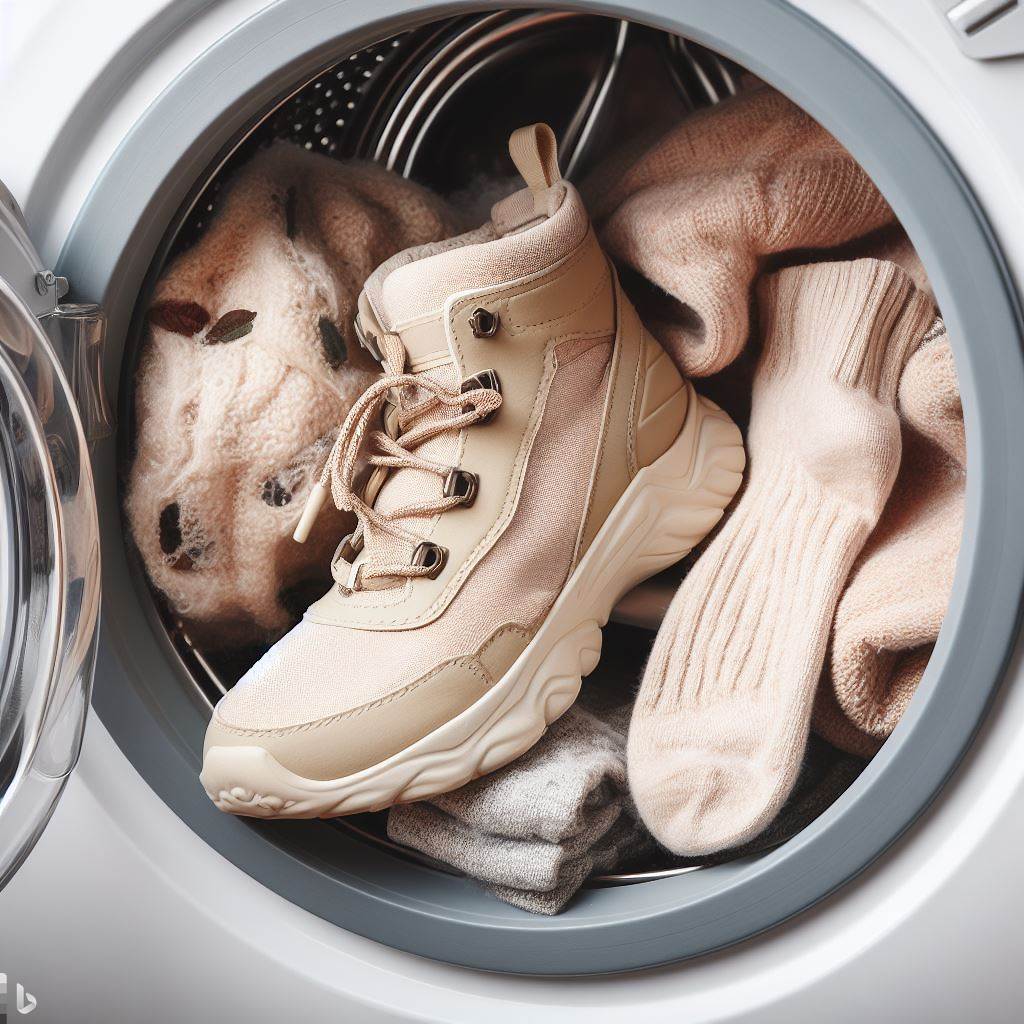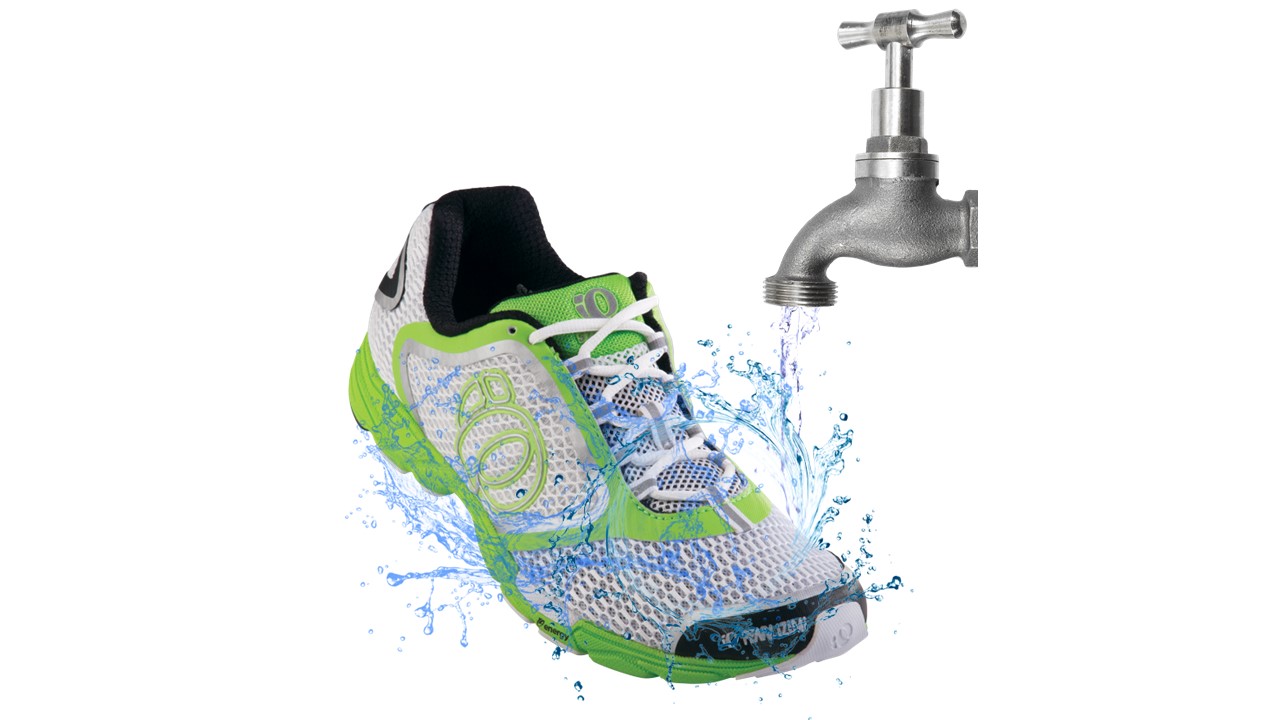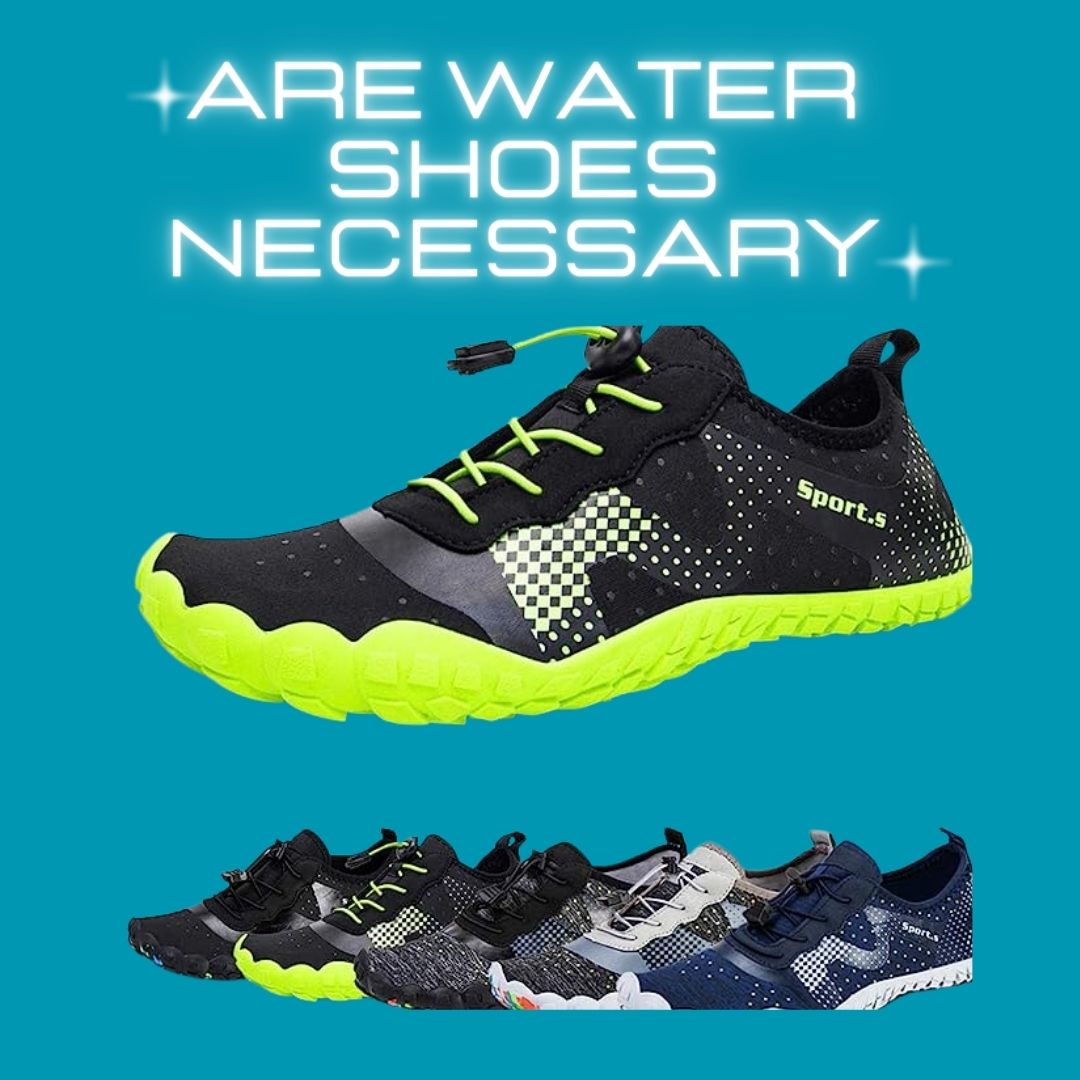Can You Put Water Shoes In The Dryer – The Truth
In a hurry to dry your water shoes after an exhilarating day by the beach or a rugged hiking adventure? The question on your mind might be, “Can you put water shoes in the dryer?” Well, the answer is a bit nuanced. While it is possible, there are important caveats you need to consider.
While tossing your water shoes into the dryer may seem like a convenient solution, there are potential risks involved, such as damage to the shoes or alterations in their size and shape.
In this article, we will explore the dos and don’ts of using a dryer for water shoes, providing you with the essential knowledge to make an informed decision. We’ll discuss the safest methods to dry your water shoes effectively, including alternative drying techniques and best practices for maintaining the longevity of your trusty water footwear.
Can You Put Water Shoes In The Dryer
No, you should not put water shoes in the dryer. The high heat of the dryer can damage the materials used to make water shoes, such as neoprene, rubber, and mesh.
This can cause the shoes to shrink, warp, or even melt. Additionally, the dryer can cause the adhesive that holds the shoes together to loosen, which can make them fall apart prematurely.
Why You Should Not Put Water Shoes In The Dryer
- Neoprene: Neoprene is a synthetic rubber that is commonly used in water shoes. It is lightweight and flexible, but it is also heat-sensitive. When neoprene is exposed to high heat, it can shrink and become brittle.
- Rubber: Rubber is another material that is commonly used in water shoes. It is durable and water-resistant, but it can also be damaged by heat. When rubber is exposed to high heat, it can become soft and sticky.
- Mesh: Mesh is a type of fabric that is often used in the uppers of water shoes. It is lightweight and breathable, but it is also delicate. When mesh is exposed to high heat, it can melt or shrink.
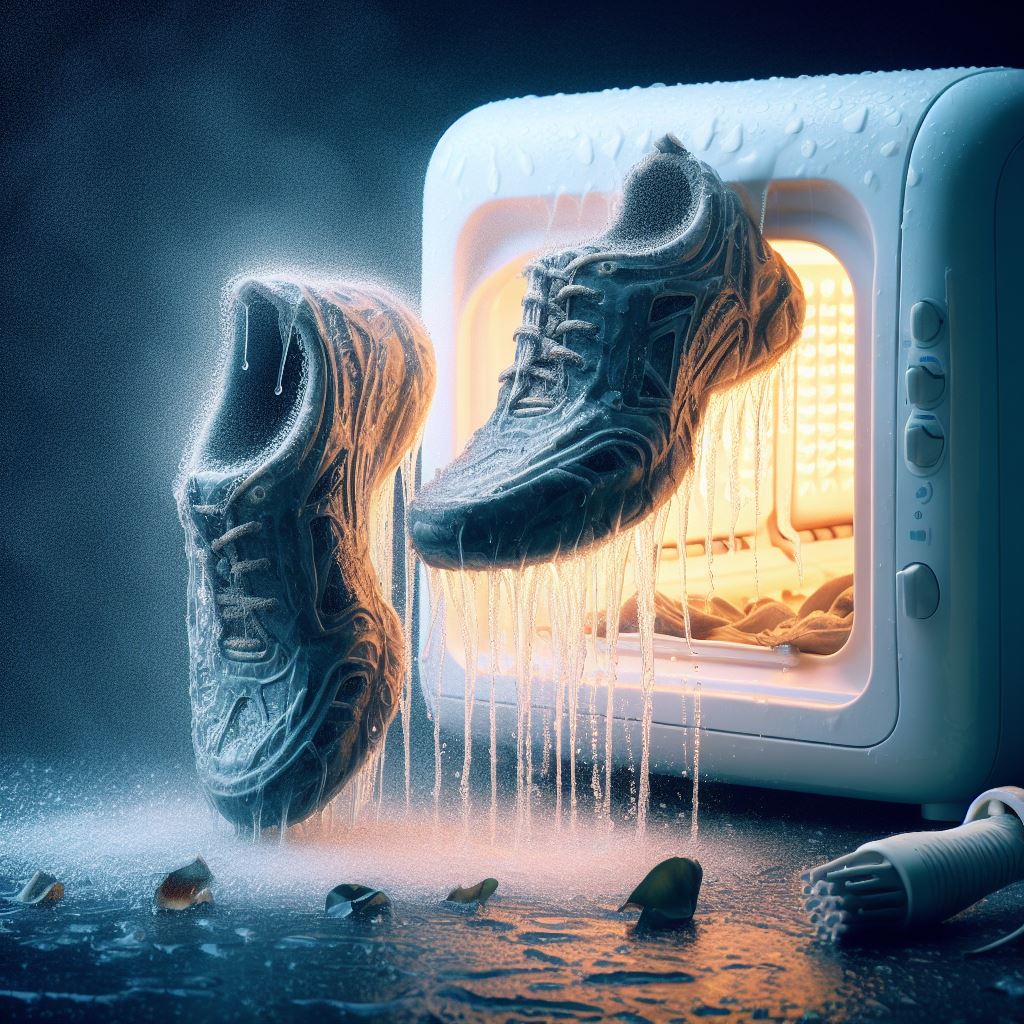
Risks and Benefits Of Putting Water Shoes In The Dryer (Can You Put Water Shoes In The Dryer)
Using a dryer for water shoes can have both risks and benefits, and it’s important to consider them before deciding whether it’s the right method for you.
Risks
- Damage to Material: Water shoes are typically made from materials like neoprene, mesh, and rubber. The heat from a dryer can cause these materials to become brittle or crack, potentially rendering the shoes less effective or even unusable.
- Shrinking: Exposing water shoes to high heat can lead to shrinkage, which may make them uncomfortable to wear or alter their fit.
- Loss of Shape: The high heat in a dryer can distort the shape of water shoes, especially if they have certain design elements, like fins or ergonomic soles. This can negatively impact their performance.
- Adhesive Weakening: Some water shoes have glued seams or components. The heat can weaken the adhesive, leading to separation of parts.
- Color Fading: Vibrant colors on water shoes may fade when exposed to high heat, reducing their aesthetic appeal.
Benefits
- Faster Drying: The most significant advantage of using a dryer is speed. It can significantly reduce the drying time of your water shoes, which is particularly useful if you need them ready for your next adventure.
- Thorough Drying: A dryer can ensure thorough drying, preventing the development of odors and mold, which can occur with inadequate drying methods.
- Convenience: It is a convenient way to dry your water shoes, especially if you’re in a rush or don’t have access to a suitable area for air-drying.
To mitigate the risks and maximize the benefits, follow precautions such as using a low heat setting, removing insoles and laces, and monitoring the drying process.
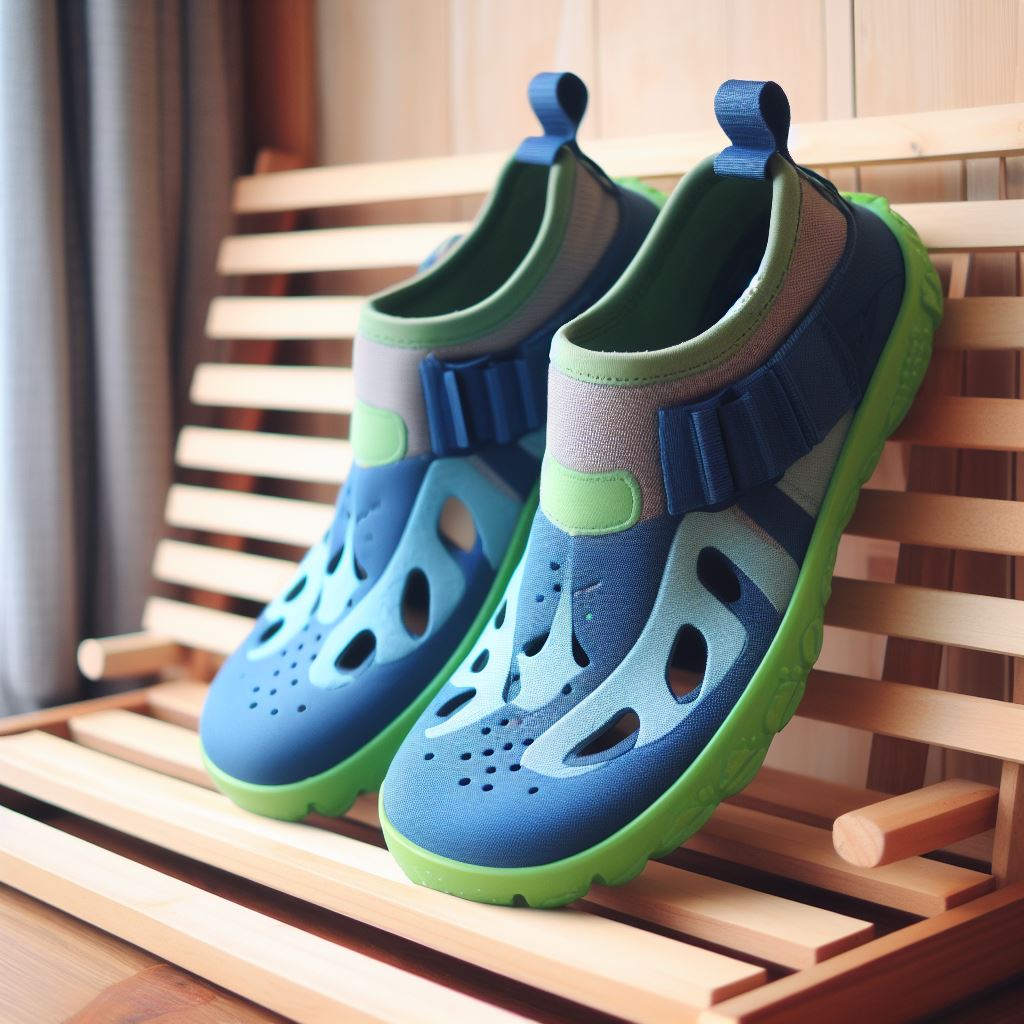
Alternative Drying Methods To Dryer (Can You Put Water Shoes In The Dryer)
there are alternative methods for drying water shoes that can help maintain their quality and functionality. Here are some effective options:
1. Air-Drying
- After use, remove any insoles and laces from your water shoes to allow for better airflow.
- Find a well-ventilated area, preferably outdoors or near an open window.
- Place your water shoes on a clean, dry surface, ensuring they are not in direct sunlight to prevent material damage.
- Ensure the shoes are positioned in a way that allows air to circulate inside them. You can prop them open with rolled-up towels or hang them upside down.
2. Using a Boot Dryer
- Invest in a boot dryer, that is designed to safely and efficiently dry footwear.
- Insert the boot dryer devices into your water shoes, making sure they are evenly placed.
- Turn on the boot dryer according to the manufacturer’s instructions, usually at a low heat setting. This method is gentle and prevents the risks associated with using a standard dryer.
3. Stuffing with Newspaper
- If you don’t have access to a boot dryer, a cost-effective alternative is to use newspaper.
- Crumple up old newspapers and stuff them inside your water shoes. The newspaper will absorb moisture and help them dry faster.
- Replace the newspaper as needed until your shoes are completely dry.
4. Silica Gel Packs
- Silica gel packs, which are often found in packaging to absorb moisture, can also be useful.
- Place silica gel packs inside your water shoes to help absorb moisture and speed up the drying process.
5. Room or Ceiling Fan
Position your water shoes in front of a room fan or hang them upside down from a ceiling fan to encourage air circulation and drying.
6. Rack or Pegs
Install a shoe rack or use pegs to hang your water shoes, allowing air to flow freely around them.
Each of these methods has its advantages, but air-drying is the most commonly recommended option because it is gentle on the material and reduces the risk of damage. However, if you need a quicker solution, a boot dryer can be a safe and efficient choice.
Using newspaper, silica gel packs, or fans can complement these methods or be practical alternatives, depending on your circumstances and available resources.
The Best Water Shoes (Can You Put Water Shoes In The Dryer)
Step into comfort and versatility with the best water shoes. Designed for adventurers and water enthusiasts, these versatile companions are your ticket to exploring land and sea with confidence.
From rocky shores to sandy beaches, from river crossings to paddleboarding, the best water shoes provide protection, support, and traction for your every aquatic adventure. Dive in and discover your perfect pair today!
Product Image | Product Name | Key Features | Rating | Price |
| ||||
| ||||
| ||||
| ||||
| ||||
| ||||
| ||||
| ||||
| ||||
|
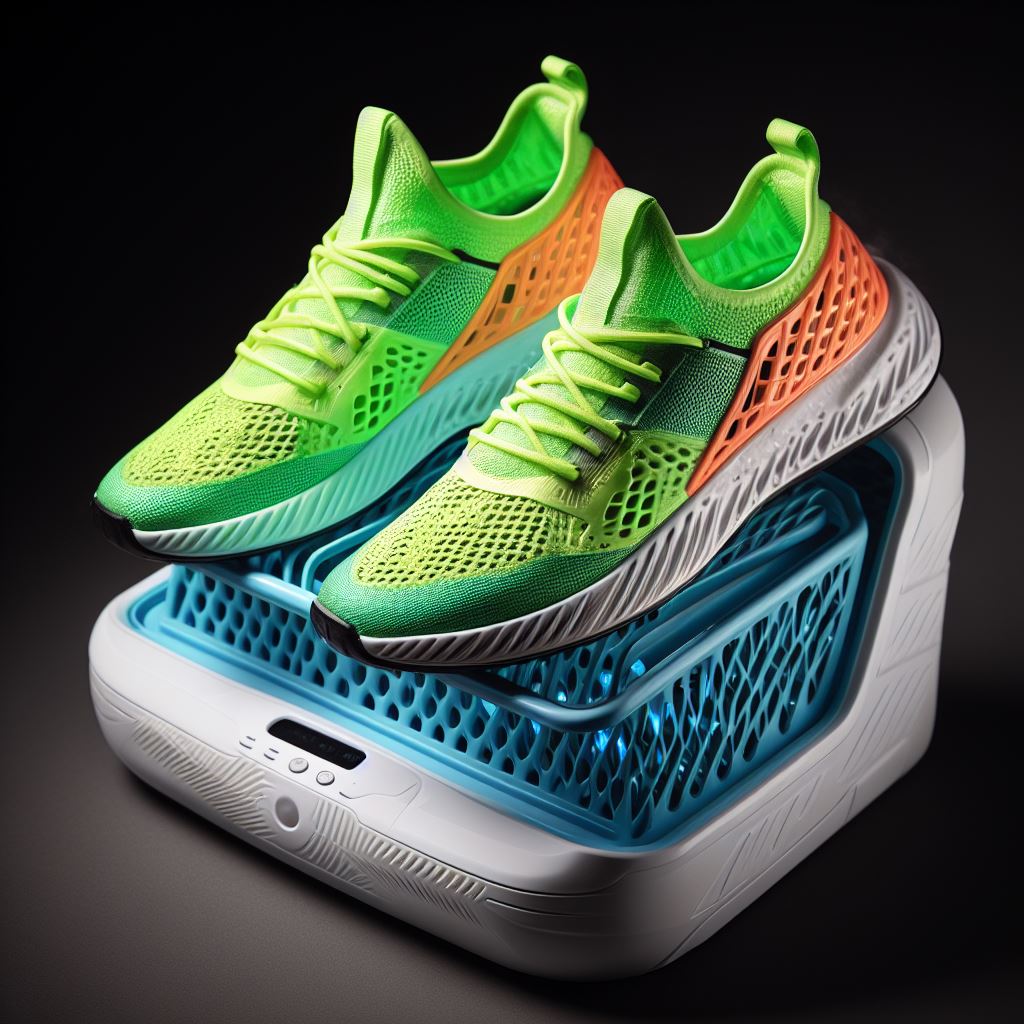
Step-By-Step Guide On How To Use Drying Machine Properly (Can You Put Water Shoes In The Dryer)
Using a dryer to dry water shoes can be done safely if you follow specific steps and precautions. Here’s a step-by-step guide on how to use a dryer for drying water shoes:
Step 1: Check the Manufacturer’s Recommendations
Before proceeding, read the care instructions provided by the manufacturer of your water shoes. They may have specific recommendations regarding drying.
Step 2: Prepare Your Shoes
Remove any insoles and laces from your water shoes. This allows for more efficient drying and prevents potential damage to these components.
Step 3: Choose the Right Dryer Settings
Select a low heat setting on your dryer, or if available, use the no-heat or air-only setting. High heat can damage the materials of your water shoes.
Step 4: Use a Laundry Bag or Pillowcase
To protect your water shoes from direct contact with the dryer’s drum, place them inside a mesh laundry bag or a pillowcase. This added layer reduces friction and the risk of damage.
Step 5: Monitor the Drying Process
Periodically check the drying progress. Ensure that the shoes are drying evenly and do not show any signs of damage, such as distortion, melting, or shrinking.
Step 6: Dry Until Completely Moisture-Free
Continue the drying process until your water shoes are completely moisture-free. Avoid overdrying, as this can cause damage. Typically, it takes around 20-30 minutes on a low heat setting.
Step 7: Check for Damage
After removing the shoes from the dryer, inspect them carefully for any signs of damage, alteration in size, or shrinking. If you notice any issues, stop using the dryer immediately.
Step 8: Allow Cooling
Let your water shoes cool down for a few minutes to prevent any remaining heat from causing damage to the materials.
Step 9: Final Inspection
Give your shoes a final check to ensure they are in good condition before wearing them again. If you notice any problems, consider alternative drying methods in the future.
Remember that using a dryer for water shoes should be approached with caution. Air-drying and other gentler methods are often safer and more recommended.
This step-by-step guide is meant for situations where you’ve determined that using a dryer is necessary, and it should always be done with a focus on preventing damage and ensuring the longevity of your water shoes.

How To Make Water Shoes Not Smell (Can You Put Water Shoes In The Dryer)
Water shoes can develop unpleasant odors over time due to moisture and bacteria that accumulate during use. To keep your water shoes smelling fresh, follow these tips:
1. Wash Regularly
Rinse your water shoes thoroughly with clean water after each use to remove salt, sand, and debris. This helps prevent odors from forming.
2. Dry Properly
Allow your water shoes to dry completely after each use. Air-drying is the best method, as it helps to prevent bacterial growth that causes odors. Ensure they are placed in a well-ventilated area, away from direct sunlight.
3. Use Odor-Fighting Insoles
Consider replacing the insoles in your water shoes with odor-fighting insoles. Some insoles are designed to combat odor by wicking away moisture and inhibiting bacterial growth.
4. Alternate Shoes
If you use your water shoes frequently, having a second pair and alternating them can allow each pair to dry thoroughly between uses, reducing the chances of odors developing.
5. Use Odor Absorbing Products
Place odor-absorbing products like activated charcoal or silica gel packs inside your water shoes when not in use. These products help absorb moisture and neutralize odors.
6. Machine Washable
Some water shoes are machine washable. If your shoes are machine washable, follow the manufacturer’s instructions for cleaning.
7. Hand Wash
If your water shoes are not machine washable, hand wash them using mild soap and water. Scrub the insoles and all areas prone to odor. Rinse thoroughly and allow them to air dry.
8. Disinfect with Vinegar
Occasionally, you can disinfect your water shoes by soaking them in a mixture of equal parts water and white vinegar for 15-30 minutes. Rinse thoroughly and dry them completely.
9. Sunlight Exposure
If your water shoes are particularly odor-prone, allowing them to dry in direct sunlight can help kill odor-causing bacteria. Be cautious not to leave them in the sun for too long, as prolonged exposure can damage certain materials.
10. Store Properly
When you’re not using your water shoes, store them in a cool, dry place. Avoid leaving them in a damp or closed space, as this can encourage bacterial growth.
11. Wear Socks
If your water shoes allow for it, wearing moisture-wicking, antibacterial socks can help keep your feet dry and minimize odor.
12. Anti-Odor Sprays
Consider using specialized anti-odor sprays or powders designed for shoes. These products can help keep odors at bay.

How To Clean Neoprene Shoes (How To Wash Wet Shoes)
Cleaning neoprene shoes, such as water shoes or wetsuit booties, is essential to maintain their condition and prevent odors. Here’s a step-by-step guide on how to clean neoprene shoes:
Materials Needed
- Mild detergent (such as a neoprene-specific cleaner)
- Lukewarm water
- Soft brush or sponge
- Towels
- Cool, well-ventilated area
Steps
Prepare a Cleaning Solution
In a basin or sink, mix lukewarm water with a small amount of mild detergent. It’s best to use a neoprene-specific cleaner, but a mild dish soap or gentle laundry detergent can also work. Avoid using harsh chemicals or bleach.
Rinse the Shoes
Remove any loose dirt or debris from your neoprene shoes. Rinse them thoroughly with clean water to get rid of surface contaminants.
Soak the Shoes
Submerge your neoprene shoes in the cleaning solution. Allow them to soak for a few minutes to loosen any dirt and grime.
Scrub Gently
Using a soft brush or sponge, gently scrub the neoprene shoes, paying extra attention to areas with stains or heavy soiling. Avoid using abrasive brushes or rough scrubbing, as they can damage the neoprene.
Rinse Thoroughly
Rinse the neoprene shoes under clean, running water until all detergent residue is removed. Make sure the water runs clear.
Dry Properly
Squeeze out excess water from the shoes without wringing or twisting them, as this can distort the neoprene. Use a towel to pat them dry, absorbing as much moisture as possible.
Air Dry
Allow your neoprene shoes to air dry in a cool, well-ventilated area, away from direct sunlight or heat sources. Do not use a dryer, heater, or direct sunlight, as excessive heat can damage the neoprene.
Shape and Maintain
While drying, gently reshape the shoes to their original form to prevent them from losing their shape.
Odor Prevention
Consider placing odor-absorbing products like activated charcoal or silica gel packs inside the shoes while they dry to prevent odors.
Storage
Store your neoprene shoes in a cool, dry place. Avoid folding or compressing them, as this can lead to creases and damage over time.
Regular cleaning and proper maintenance will help extend the life of your neoprene shoes and keep them in good condition for your water-related activities. If you notice persistent odors, you can also use odor-fighting insoles or follow additional odor prevention steps as mentioned in a previous response.
The Bottom Line On Can You Put Water Shoes In The Dryer
So, can you put water shoes in the dryer? The decision to put water shoes in the dryer depends on the specific circumstances and your willingness to take precautions. While it’s possible to use a dryer if done carefully, alternative methods like air-drying, using a boot dryer, or stuffing with newspaper are often safer and more effective.
Prioritize the longevity of your water shoes and their performance by choosing the method that suits your needs and keeps your favorite aquatic footwear in top shape.


